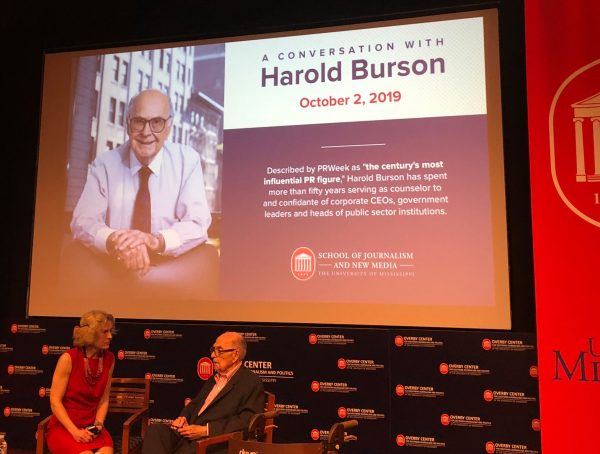 Every writer knows the KISS rule: Keep It Simple, Stupid! But too many writers forget to apply it, loading their stories with so much information that the viewers’ eyes glaze over. KGO reporter Wayne Freedman compares the way writers over-stuff stories to the way travelers cram suitcases with so many clothes that everything comes out wrinkled.
Every writer knows the KISS rule: Keep It Simple, Stupid! But too many writers forget to apply it, loading their stories with so much information that the viewers’ eyes glaze over. KGO reporter Wayne Freedman compares the way writers over-stuff stories to the way travelers cram suitcases with so many clothes that everything comes out wrinkled.
“If a reporter puts too many twists, turns, or facts into a story, he risks obscuring its message,” Freedman writes in his book, It Takes More Than Good Looks to Succeed at Television News Reporting, now out in a new second edition and available online from the publisher.
In this excerpt, posted with permission, Freedman shares a case study that illustrates a key point: To improve your storytelling, write for your audience, not your bosses.
Not long ago, a reporter sent me samples of his work from a small market. He was twenty-three, still finding his way in his first job, and struggling. “I feel overwhelmed,” he wrote. Translated, that means he had a problem focusing.
The reporter’s clips included a late-news segment about a water main that cracked during a blizzard. Barring complications, a public works crew would replace the damage before the next morning’s rush hour. They did have one concern—that the leaking water might freeze into a sheet of ice and block a major intersection.
In a small city on a slow night, that water main break made big news. The broadcast producer asked our young reporter for a live shot with a package insert. After watching the segment, it was clear that he tried hard with his assignment. If possible, he tried too hard.
The reporter began with a montage of running water accompanied by a symphony of jackhammers. In painstaking detail, he explained how workmen poked holes in the cement and used a special listening device to locate leaks. He filled the piece with so many facts, figures, and obscurities that after a while, it began to look less like a news story, and more like an instructional video about street repair. If a viewer had watched closely, he might have been able to pass a civil service test.
All of the reporter’s problems trace back to one fundamental error. He never put himself in the place of the people at home. He forgot that most of them didn’t care about the specifics of urban street repair. They simply wanted to know when Public Works would fix the break, and if they would need to find alternate routes for the morning commute. The reporter could have given them that basic information in the first fifteen seconds of his live shot.
Then, if he had thought past the assignment sheet, he might have told a narrative story to which anyone might relate—that on a frigid night this crew faced a mean, nasty job. Between their numb fingers, the freezing mud, and the struggle to keep flowing water from turning into sheets of ice, he had dramatic ingredients for a piece with universal appeal.
“Why didn’t I think of that?” the kid asked later. Simple. We chalked it up to nerves and inexperience. He should have taken a figurative step back and trusted his natural curiosity. At that stage of his career, however, this young reporter didn’t have the confidence. He worried so much about missing an element that he overcompensated. Rather than errors of omission, he committed errors of congestion, and crammed too many facts into a ninety-second package.
Put simply, he allowed his fear to confine him.
This is a common mistake. Learn to recognize it, and you will be well on your way to fixing it. When you find yourself in a similar circumstance, whether reporting on politics, economics, science, the law, a union dispute, or some local problem like a broken water line, identify a single theme, storyline, or character, and stay true to it. Get to the point. Write for your viewers, not your bosses. Just because the alphabet begins with “A” and finishes with “Z,” do not feel obligated to detail all twenty-four letters in between.
The next time an assignment overwhelms your focus, that simple rule will help.
Many thanks to Wayne for sharing this excerpt. We have other writing tips from Wayne and a video here.









2 Comments
I am a photographer at at a small market CBS affiliate in Oregon. I am pleased to hear that Mr. Freedman books is being reissued. I have been purchasing any and all copies of the original edition — that I could still find reasonably priced — and give them out to every new reporter that join the station’s news staff.
While Mr. Freeman did not discuss TV news photography at length in the first edition of his book, he does address quality television storytelling. His book has always helped promote discussion and collaboration and lead directly to better news reporting and an appreciation for what I try to share about good storytelling.
Thanks, Wayne for the new edtion!
Thank you, Bill.
Feel free to contact me anytime.
Wayne.Freedman@abc.com